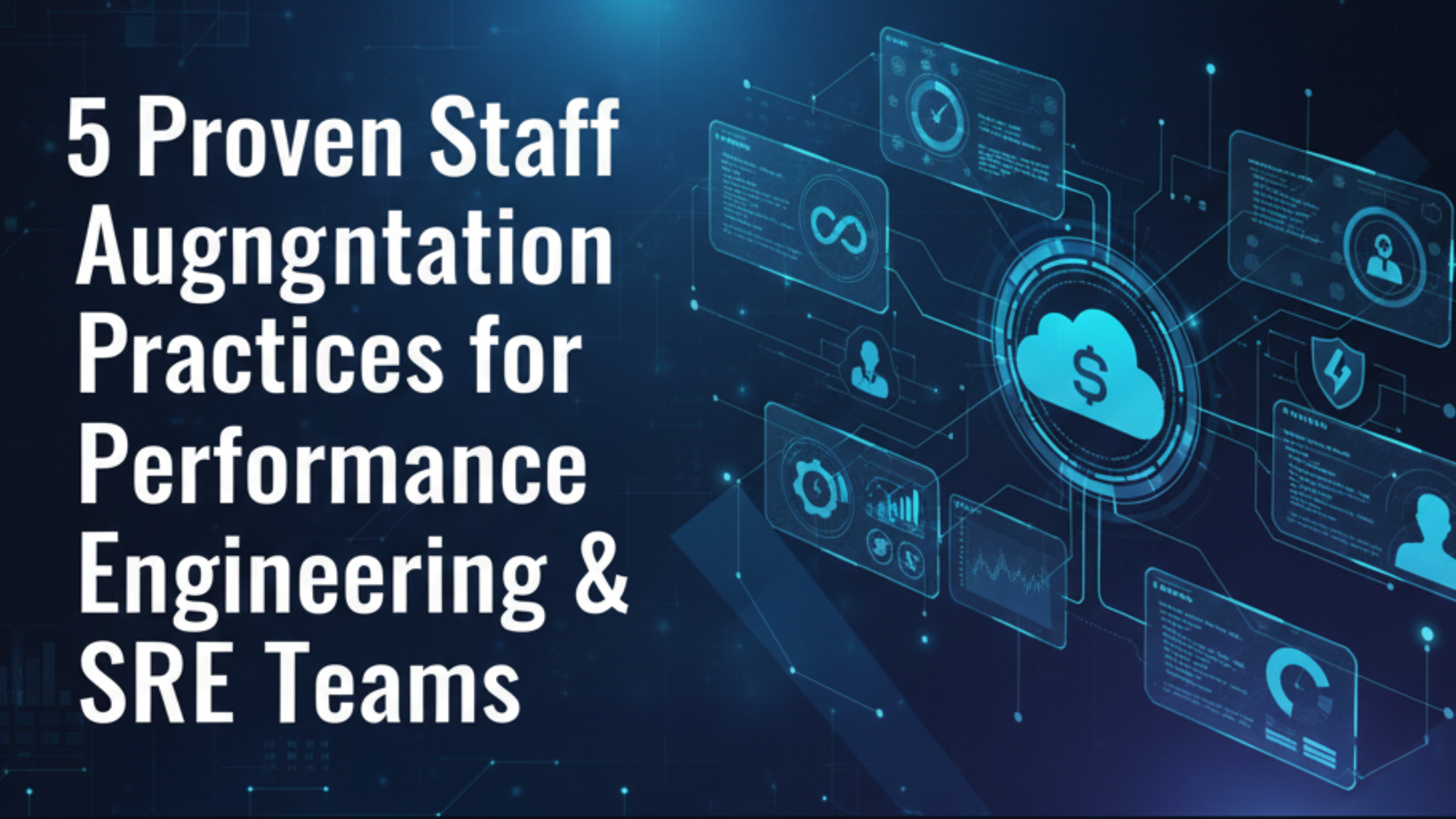When is it more cost-effective to fix software bugs – The architecture/ designing stage or the production stage? A much-quoted Forrester report estimates that fixing application issues at the design stage is 10-100 times more cost-efficient than during the production phase.
This is because, during the Architecture and Design stage, issues are identified and addressed before the code is written. At this stage, developers have a clear understanding of the system’s requirements and can design it in a way that meets those requirements. Moreover, any issues can be resolved without affecting the rest of the code. In contrast, when an issue is discovered in the Production stage, it has already affected end-users, and the development team must work quickly to fix it while minimizing the impact on the users. This can be difficult because the issue may be difficult to replicate, and the developers may need to work with limited information. Additionally, any fixes made in the Production stage must be thoroughly tested before being released, which can further delay the process.
Traditional application testing approaches, including Application Performance Management (APM), are often performed in controlled environments (within the boundaries of the organisation’s IT ecosystem). APM tools are still useful for detecting performance and scalability issues.
However, as Avekshaa’s Head of Consulting, points out, “the real worry is what happens to the application when the user uses it.”
And that invites the question – what are the challenges faced with traditional performing testing methods? Let’s discuss them next.
Challenges of Traditional Performance Testing
Product development companies interested in standing apart must focus on user experience and its relation to application performance. But traditional APM tools including ITIM and network performance monitoring tools follow a siloed approach to application performance.
Organisations must also focus on the application’s performance, availability, and scalability – in the context of how end-users will use and experience it.
Traditional performance testing tools fall short of identifying critical product architecture and design issues. This reactive approach can often delay product launches by weeks (or even months). A shift-left testing approach can expedite the process of detecting defects early in the software development lifecycle, but it might not prove viable in addressing architecture or design issues – leading to performance and scalability issues in the later stages.
Besides, most organisations adopt a fragmented approach to application performance management. APM platforms do not surmount the “siloed” application environment. Hence, IT teams fail to detect major inefficiencies in application performance.
Using key metrics, traditional APM solutions can notify users whenever there are any issues. However, these solutions are IT-centric and do not produce valuable insights needed by business users. Hence, they fall short when it comes to diagnosis or “root cause analysis” of business applications.
How can organisations meet these limitations by incorporating a “Shift-left” approach in performance engineering? Let’s discuss this in the next section.
How a Shift Left Approach in Performance Engineering Can Save Costs
By adopting performance engineering along with a shift-left approach, product companies can test their application’s performance and scalability early in the development process. This can help them address potential issues before they evolve into major problems.
As per BMC, in a webinar, 86% of participants talked about being aware of app performance issues that came back for resolution by the development team. As an integral part of performance engineering, manual and automated code reviews during code drops can help in detecting issues in the early stages of development. This ensures that 70-80% of the issues are resolved before system integration testing.
In essence, the “Shift-left” approach in performance engineering combines product development and testing early during the development process. Here are some of the benefits of adopting this approach:
Cost Savings
The Shift-left approach in performance engineering can significantly decrease costs by saving both time and resources.
Improved Product Quality
With this approach, companies can quickly find and fix application bugs before they cause major problems in the production stage. This eliminates the need for them to release hotfixes.
Faster Time-to-Market
The shift-left testing approach enables companies to release their products with a shorter time-to-market cycle. This helps in reducing development and testing costs.
Reusability of Available Resources
By automating shift-left performance testing, organisations enable the reusability of available resources, including functional testing assets, SLAs, and performance monitoring tools. This contributes to reducing the operational costs associated with performance testing.
How Avekshaa Can Help
We always say that organisations can only meet their demand for application performance, scalability, and reliability only through access to proper technical skills and experience. This is where most enterprises fall short of meeting their technical requirements.
Among its successful customer stories, Avekshaa adopted the shift-left approach to optimize the performance of a Media Delivery Platform with over 400 million subscribers. With this innovative approach, the customer was able to detect and address 60% of the platform-related issues before integration testing. After going live with the platform, subscribers reported zero buffering when using services like video on demand, IPTV, and newspaper on demand.
With the right mix of technical skills and industry experience, the Avekshaa team is here to drive and optimize your performance engineering initiatives. Contact us today to learn more.


